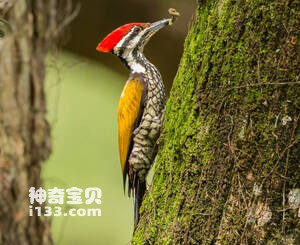
Dinopium javanense
Dinopium javanense,Common Flameback
The golden-backed three-toed woodpecker is known by its scientific name Dino···
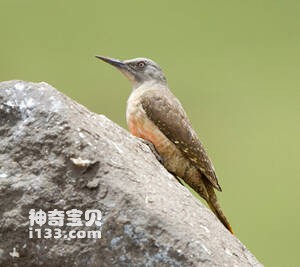
Geocolaptes olivaceus
Geocolaptes olivaceus,Ground woodpecker
Geocolaptes olivaceus and Ground woodpecker are unknown.Listed in the Intern···
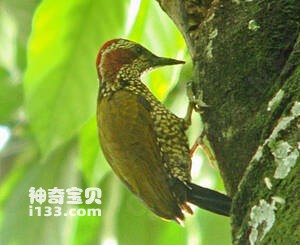
Campethera caroli
Campethera caroli,Brown-eared Woodpecker
The bird's scientific name is Campethera caroli, and its foreign name is···

Campethera nivosa
Campethera nivosa,Buff-spotted Woodpecker
The brown-spotted Woodpecker is known as Campethera nivosa and Buff-spotted ···
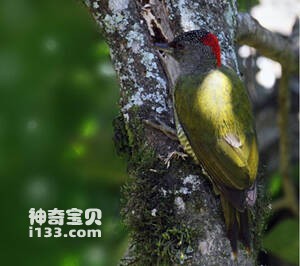
Campethera tullbergi
Campethera tullbergi,Tullberg's Woodpecker,Fine-banded Woodpecker
The Cameroonian Woodpecker is known as Campethera tullbergi, Tullberg's ···
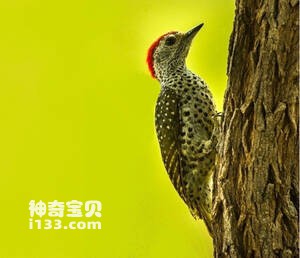
Campethera cailliautii
Campethera cailliautii,Green-backed Woodpecker、Little Spotted Woodpecker
The greenback Woodpecker is known as Campethera cailliautii and Green-backed···
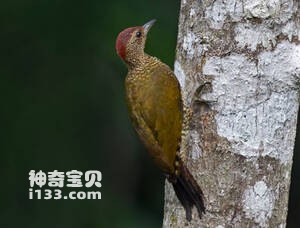
Campethera maculosa
Campethera maculosa,Little Green Woodpecker,Golden-backed Woodpecker
The Little Green Woodpecker is known by its scientific name Campethera macul···

Campethera notata
Campethera notata,Knysna Woodpecker
The South African Woodpecker's scientific name is Campethera notata, and···
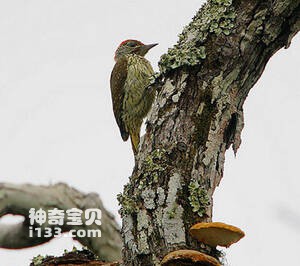
Campethera mombassica
Campethera mombassica,Mombasa Woodpecker
The Mombasa Woodpecker's scientific name is Campethera mombassica, and i···
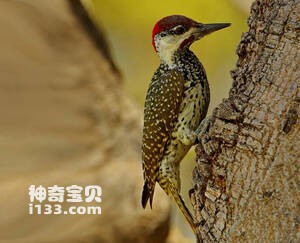
Campethera abingoni
Campethera abingoni,Golden-tailed Woodpecker
The species is known as Campethera abingoni or Golden-tailed Woodpecker。Lis···
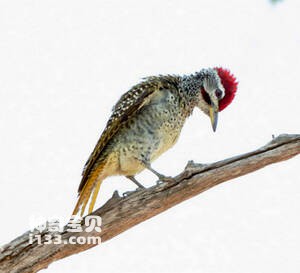
Campethera scriptoricauda
Campethera scriptoricauda,Reichenow's Woodpecker,Speckle-throated woodpecker
The bird's scientific name is Campethera scriptoricauda, and its foreign···
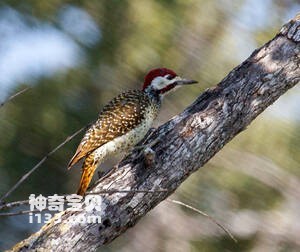
Campethera bennettii
Campethera bennettii,Bennett's Woodpecker
The Woodpecker's scientific name is Campethera bennettii, and its foreig···
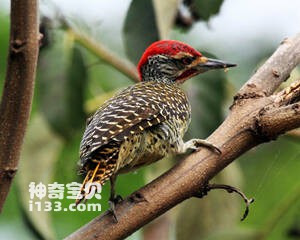
Campethera nubica
Campethera nubica,Nubian woodpecker
The East African woodpecker's scientific name is Campethera nubica, and ···
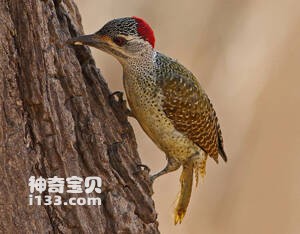
Campethera punctuligera
Campethera punctuligera,Fine-spotted woodpecker
The red-spotted woodpecker is known as Campethera punctuligera or Fine-spott···
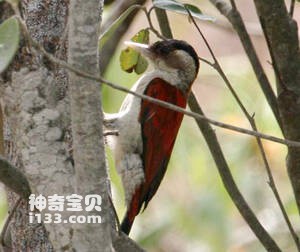
Veniliornis callonotus
Veniliornis callonotus,Scarlet-backed woodpecker
The species is known as Veniliornis callonotus and Scarlet-backed woodpecker···
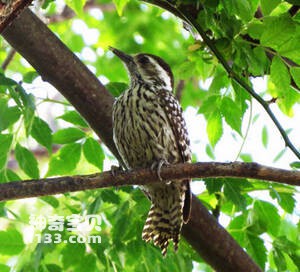
Veniliornis mixtus
Veniliornis mixtus,Checkered woodpecker
It is known by its scientific name Veniliornis mixtus and its foreign name C···
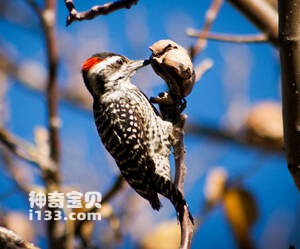
Picoides lignarius
Picoides lignarius,Veniliornis lignarius,Striped Woodpecker
The Striped Woodpecker is known as Picoides lignarius or Veniliornis lignari···
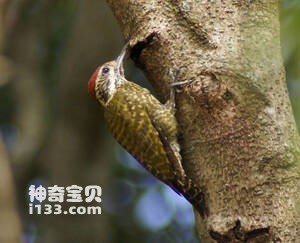
Veniliornis spilogaster
Veniliornis spilogaster,White-spotted woodpecker
The species is known as Veniliornis spilogaster or White-spotted woodpecker。···
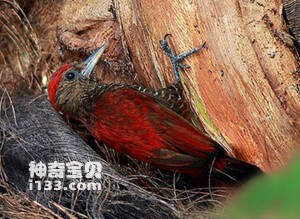
Veniliornis sanguineus
Veniliornis sanguineus,Blood-coloured Woodpecker,Blood-colored Woodpecker
The red Woodpecker is known as Veniliornis sanguineus, Blood-coloured Woodpe···
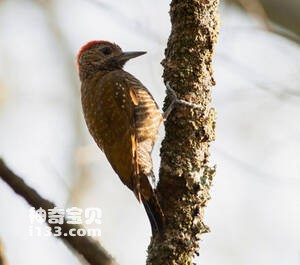
Veniliornis frontalis
Veniliornis frontalis,Dot-fronted woodpecker
点额啄木鸟学名Veniliornis frontalis,外文名Dot-fronted woodpecker,具体习性不···
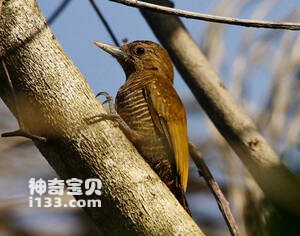
Veniliornis passerinus
Veniliornis passerinus,Little woodpecker
Its scientific name is Veniliornis passerinus and its foreign name is Little···
